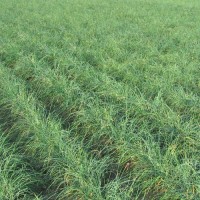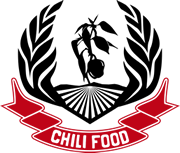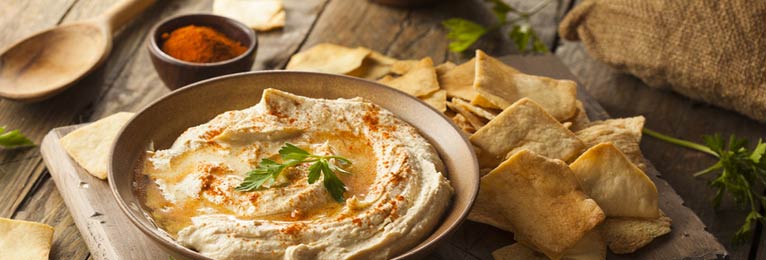Grow your own chives
Tips for sowing chives in your own garden
Everyone knows the good old chive bread or the delicious scrambled eggs with chives in the morning.
Chives are a native plant and grow wild in river meadows and wetlands. It has a long tradition in monastery gardens and, together with parsley, is one of the best-known and most popular kitchen herbs. Flowering chives are extremely attractive with their pinkish-purple globe flowers and are therefore also suitable for edging beds.
Location
Chives are not very demanding when it comes to choosing a location. It prefers a sunny to semi-shady position, but in many cases it also thrives in the shade. In full sunny locations, protect it from too long and intense sunlight by planting taller plants around.
Use a loose and well-drained soil that ideally has a high nutrient content. A balanced mixture of humus and sand is ideal. The humus content should predominate. Add compost to the bed when preparing it. Like most kitchen herbs, chives do not like soil that is too acidic.
Sowing
You need patience when sowing chives, as their germination period of 14 days is relatively long and their germination is often not reliable. The environment should be free of weeds. It should also be noted that chives are cold germinators. This means that they need temperatures below 18°C to be stimulated to germinate. Therefore, it is often much too warm for chives indoors. You can sow chives outdoors from as low as 5°C. Cover the seeds with about 1 cm of soil. After sowing, the seeds must be kept evenly moist. After about four to eight weeks, the seed rows are divided and the plants are planted out in clusters of 20 to 30.
Care
Chives need a good supply of water and nutrients. As chives are not very competitive, care must be taken that they are not overgrown by weeds.
Otherwise, chives are a relatively uncomplicated and almost inexhaustible source of fresh herbs. This is because it is perennial and usually survives well the Central European winter. Chives withdraw in winter and sprout again in spring.
In autumn, it is also recommended to divide the tufts. To do this, dig up the root ball of an older tuft and carefully pull it apart to separate the bulbs that are close together. Remove grasses and weeds from the clump and replant the sections immediately. Then shorten all tubular leaves to a height of five centimetres.
During winter you can also plant the chives in a pot to overwinter them indoors. If you want to harvest the chives again quickly, give them some compost and a little nitrogen, e.g. horn meal, every year.
Flower
With their striking purple flowers, chives begin to bloom from April. These can be cut again and again, so the chive stalks remain juicy and new stalks keep growing. The flowers can be eaten without the hard stems. They can also be used to decorate salads and sandwiches. The flowers taste slightly spicy.
If the flowers are left standing, they are a visual highlight in the garden and a food source for wild bees and other insects. In this way, your chives will sow themselves. Once the flowering period is over, only the leaves of the chives grow again.
Protection from pests and diseases
Chives are a fairly uncomplicated and undemanding plant. This is also due to the fact that chives are very rarely attacked by diseases or pests. However, infestation by the onion fly (white maggots) or the lily bulb beetle (red beetle) is possible. These can cause considerable damage. They should be collected as far as possible, as there are no effective biological control agents.
For prevention, you can install protective nets against the onion fly. If you have infested plants, you should not dispose of them in the compost, but throw them in the rubbish bin. In mixed cultivation, the neighbourhood of carrots has proved successful, because the scent of the chives drives away the carrot fly. Chives growing near strawberries reduce the risk of mildew.
Always water the chives so that they are dry again before nightfall. Otherwise, infestation with downy mildew or rust is possible. In the case of rust, a location open to the wind will help.
Harvest
What we harvest as chives are the tubular leaves of the small bulbs that grow underground. Once the plants are well rooted, you can harvest the tubular leaves. You simply cut them off a bit above the ground and they will sprout again after harvesting.
Storage
When chives are dried, they lose much of their flavour, similar to basil. It is therefore advisable to always use chives fresh. Do not chop them too small, otherwise they will become mushy and lose their aroma. Instead, cut them with scissors into small tubes a few millimetres long. Chives can also be frozen in small pieces for the winter.
Manufacturer
Name: | Chili-Food-Wissen |
Address: |















